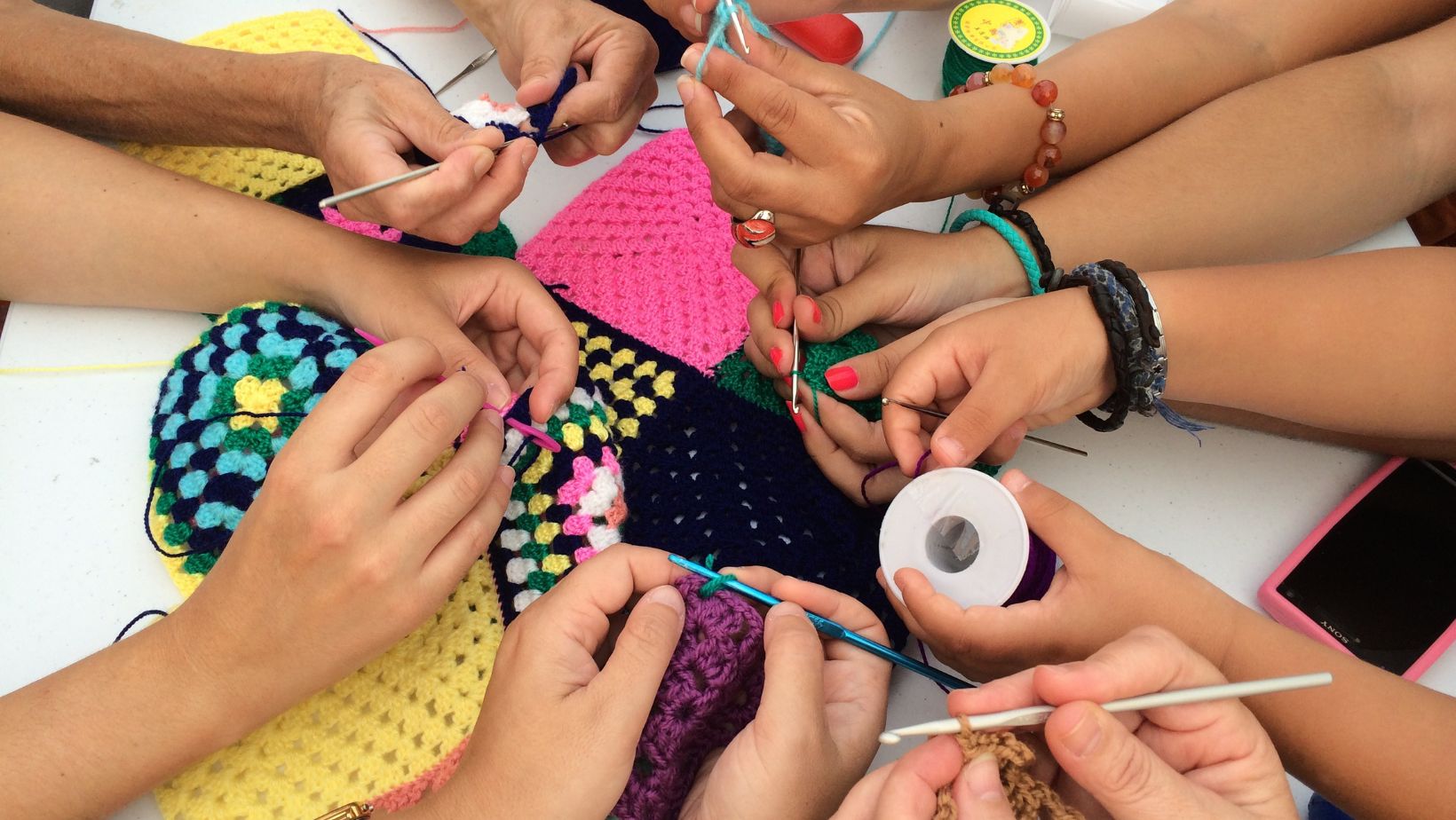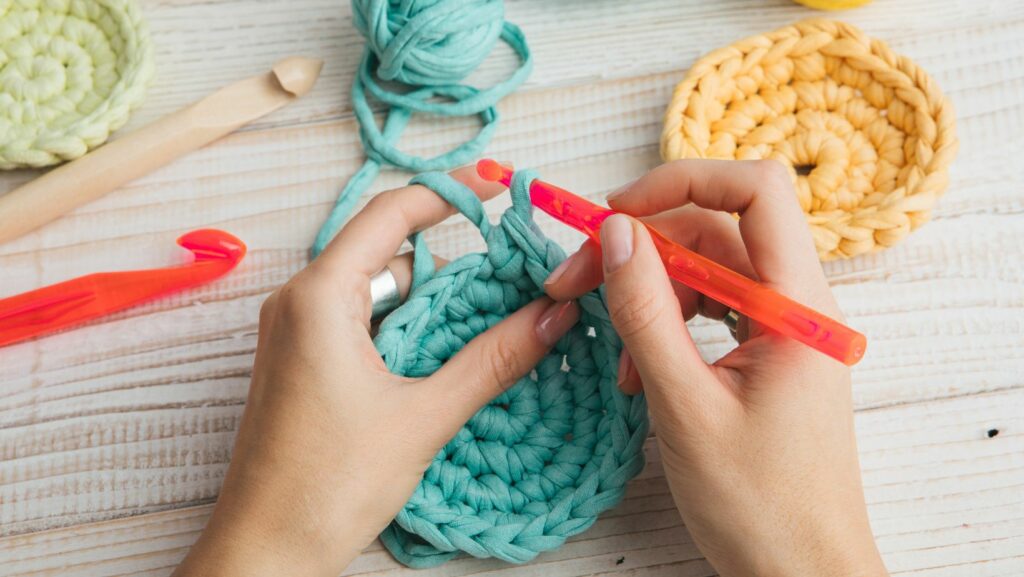Craft foam is a versatile material that can be transformed into a wide range of textures and finishes. One popular technique is to make craft foam look like leather. As an experienced blogger in the crafting niche, I’ve explored various methods to achieve this realistic effect. In this article, I’ll share my top tips and tricks on how to transform ordinary craft foam into a convincing leather-like material. Whether you’re a beginner or a seasoned crafter, these techniques will help you elevate your projects to a whole new level.
How To Make Craft Foam Look Like Leather
Craft Foam
To transform craft foam into a realistic leather-like material, you will need a few key supplies. First and foremost, you’ll need Craft Foam sheets. Craft foam is widely available at craft stores and online, and it comes in various thicknesses and colors. For this project, I recommend using craft foam sheets that are at least 2mm thick to ensure stability and durability. It’s also a good idea to choose foam sheets that are flexible and easy to manipulate.
Scissors
Having a pair of Scissors specifically designed for cutting craft foam will make your job much easier. The ideal scissors should have a sharp, fine tip that can effortlessly cut through the foam without tearing or leaving jagged edges. Look for scissors with comfortable handles that fit your hand well, as you might be spending quite a bit of time cutting and shaping the foam.
Paints
The right Paints are essential for achieving a convincing leather-like finish on your craft foam. Acrylic paints work best for this purpose, as they adhere well to the foam and dry to a durable, flexible finish. Opt for colors that mimic leather, such as browns, tans, and blacks. Consider adding in metallic paints to mimic the look of aged or distressed leather. Experimenting with different shades and finishes can help you achieve a more realistic effect.

Painting Techniques
When it comes to making craft foam look like leather, the painting techniques you use can greatly enhance the realism of the finished product. In this section, I’ll share some of my favorite techniques that will help you achieve that authentic leather appearance.
Base Coat
The first step in the painting process is to apply a base coat. This coat will serve as the foundation for the rest of your painting layers. To create a base coat that mimics leather, choose a dark color such as brown, black, or even a deep burgundy. You want a color that resembles the base color of the leather you’re trying to imitate.
Using a brush or sponge, apply an even layer of paint to the craft foam. Make sure to cover the entire surface and allow it to dry completely before moving on to the next step. The base coat not only provides a solid color base but also helps to create depth and dimension in the final result.
Adding Texture
One of the key elements of leather is its texture. To achieve a realistic texture on your craft foam, you’ll need to add some texture before applying additional layers of paint. Start by lightly sanding the surface of the foam with fine-grit sandpaper. This helps create a rougher texture and gives the paint something to grip onto.
Once you’ve sanded the foam, you can use various tools to further enhance the texture. One effective method is using a ball of aluminum foil to gently dab the surface of the foam. This creates a pattern that resembles the natural grain of leather. You can also use a toothbrush or a textured sponge to add more depth and variation to the texture.
Dry Brushing
Dry brushing is a useful technique for creating highlights and adding dimension to your craft foam. To dry brush, dip a dry brush into a small amount of paint that is lighter than your base coat. Then, wipe off most of the paint onto a paper towel or cloth until the brush is nearly dry. Lightly brush the surface of the foam, focusing on raised areas and edges.
The goal of dry brushing is to apply a small amount of paint to the surface, leaving some of the base coat showing through. This technique creates highlights and shadows, giving the appearance of wear and aging to the faux leather. Remember to use a light touch and build up the effect gradually. Less is more when it comes to dry brushing.

